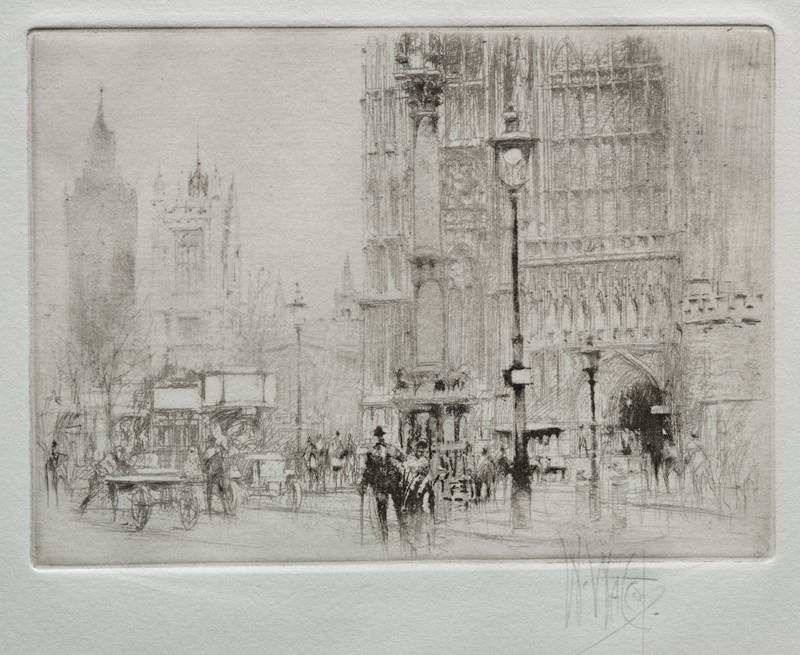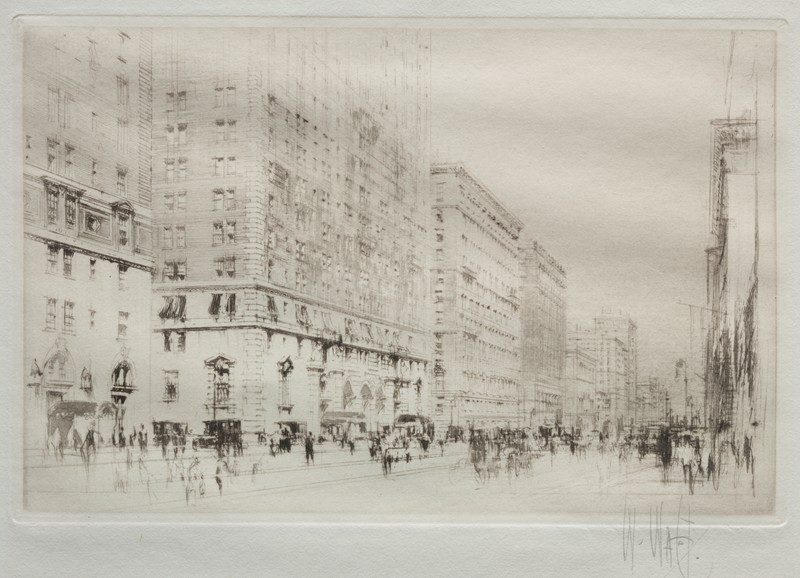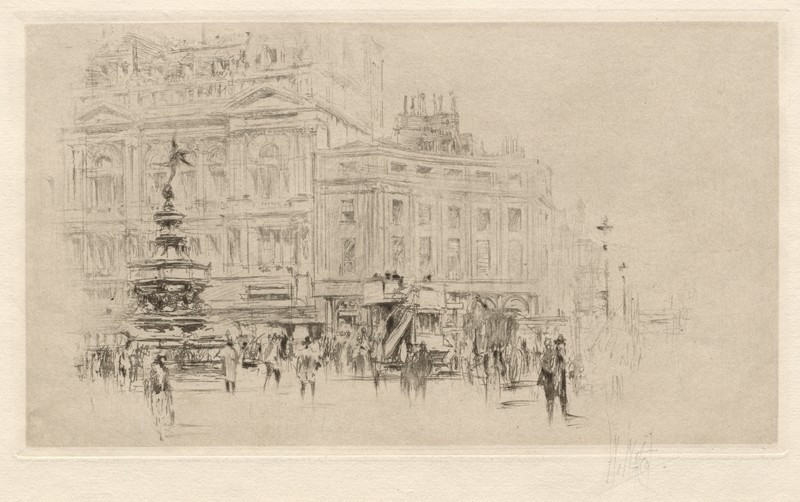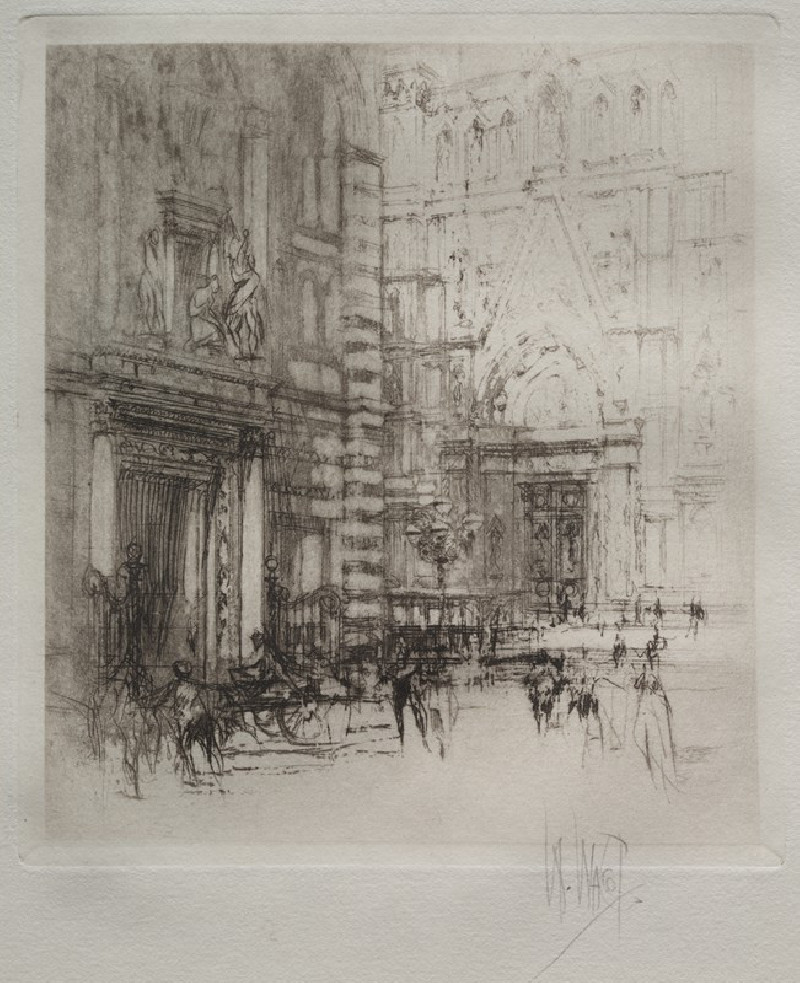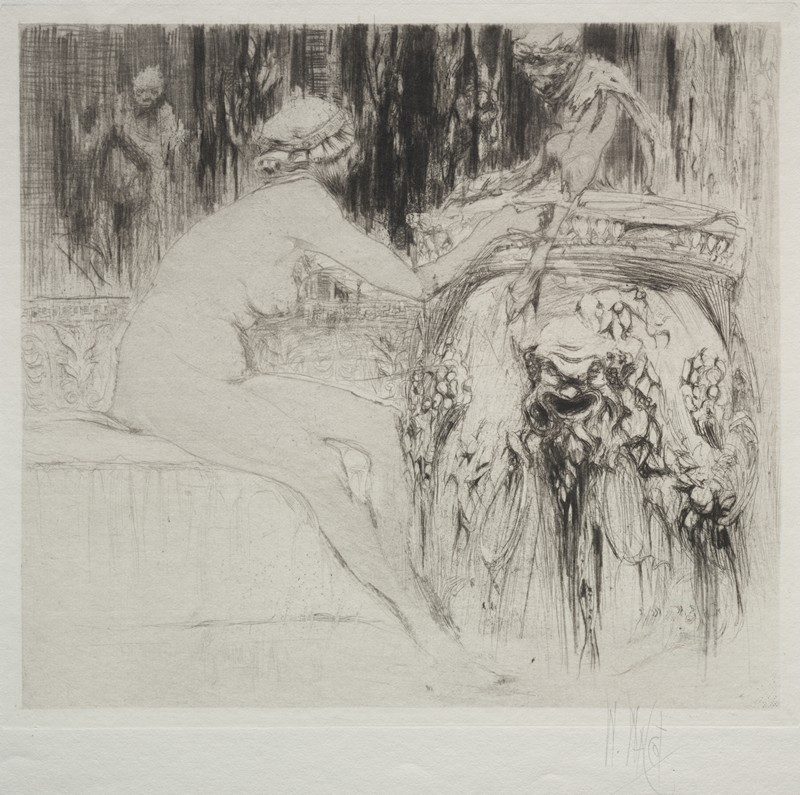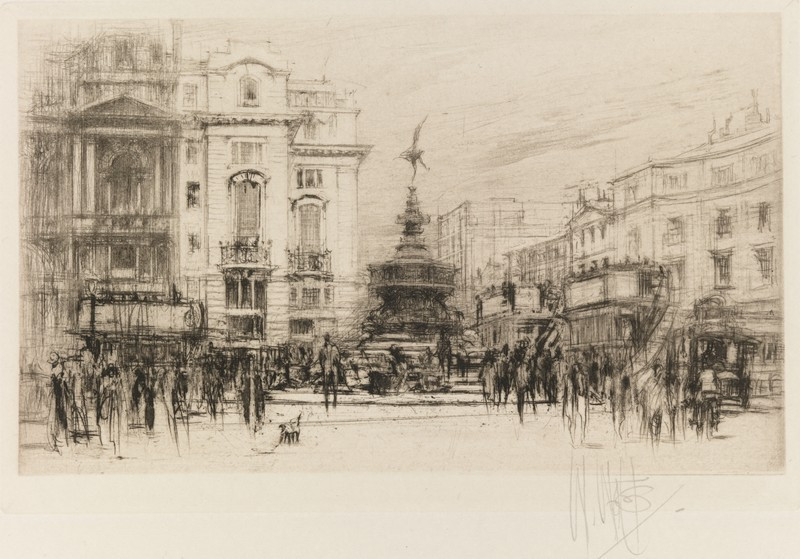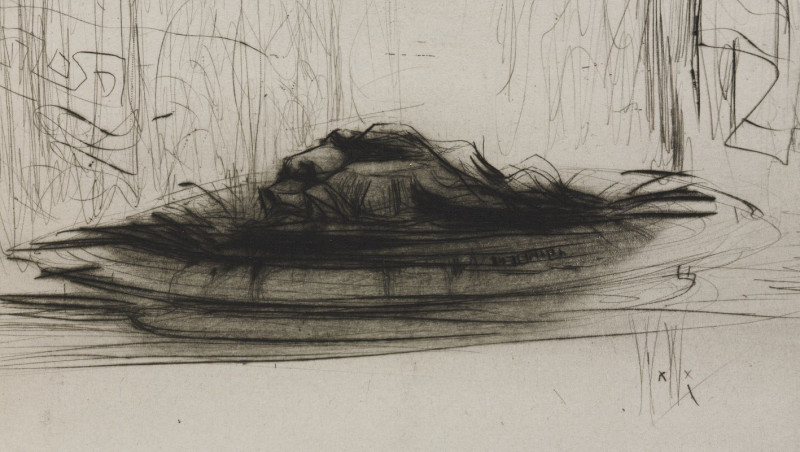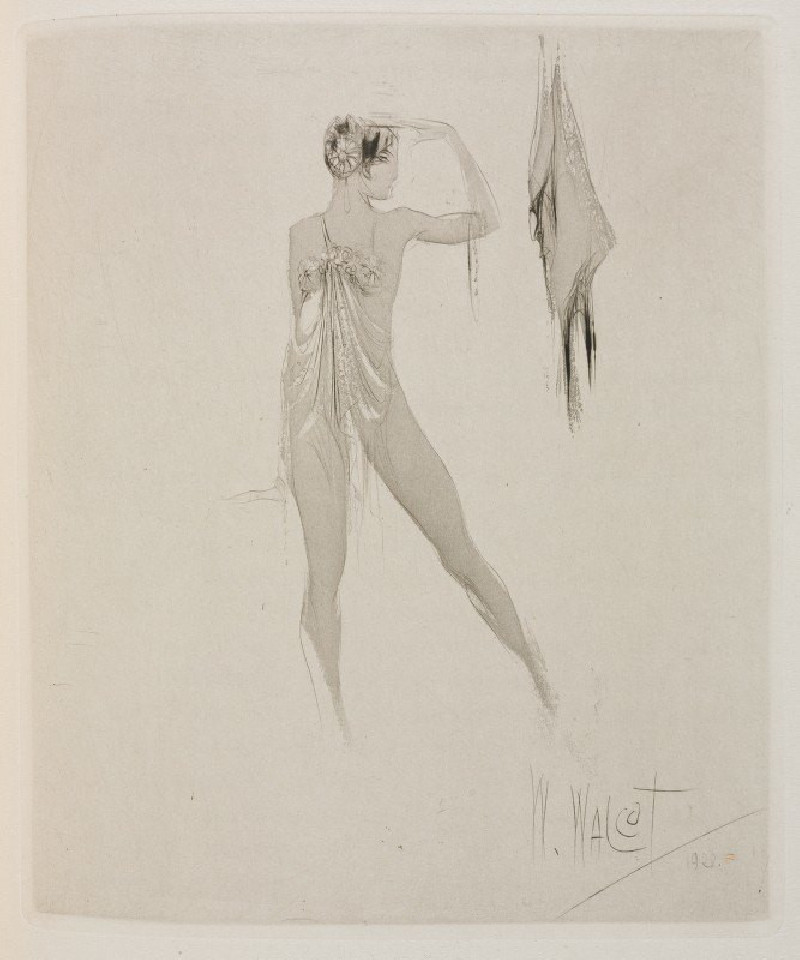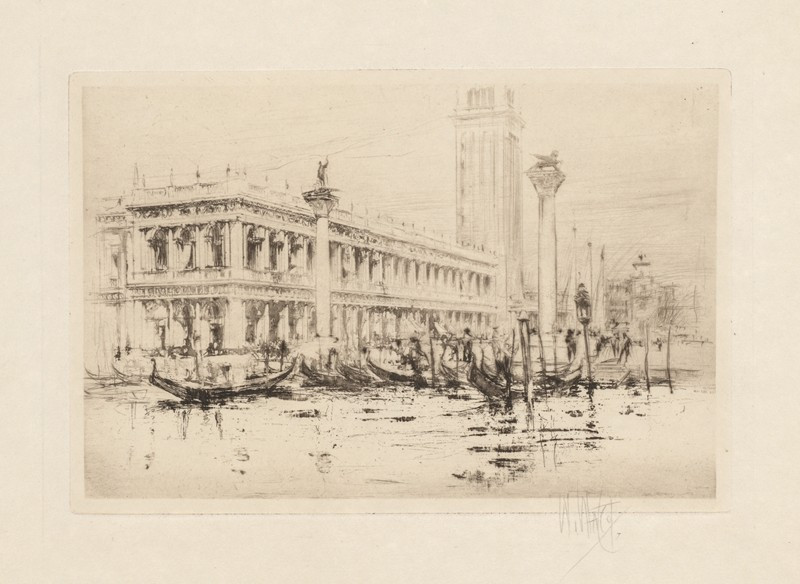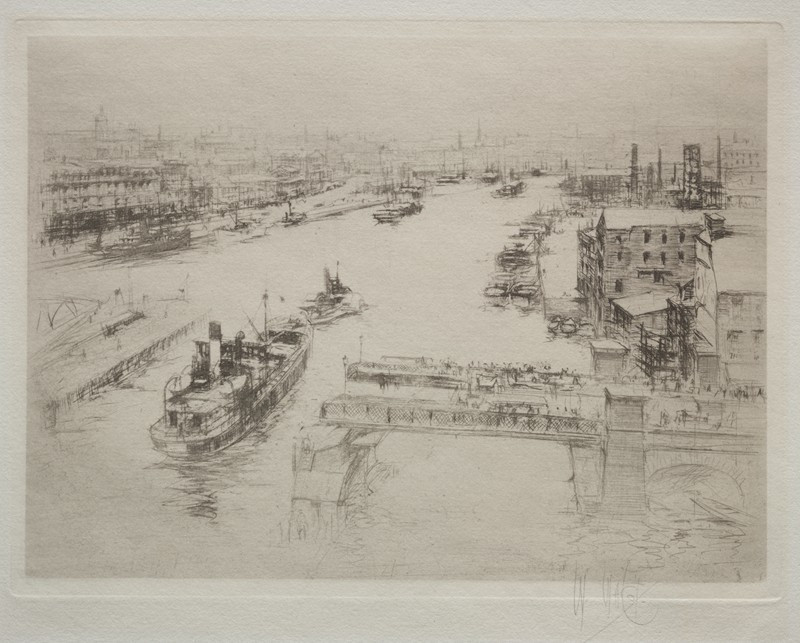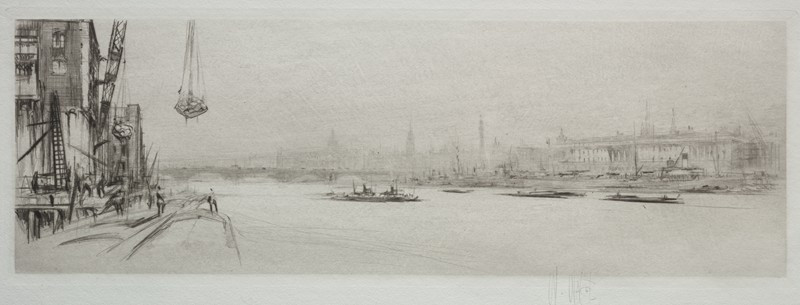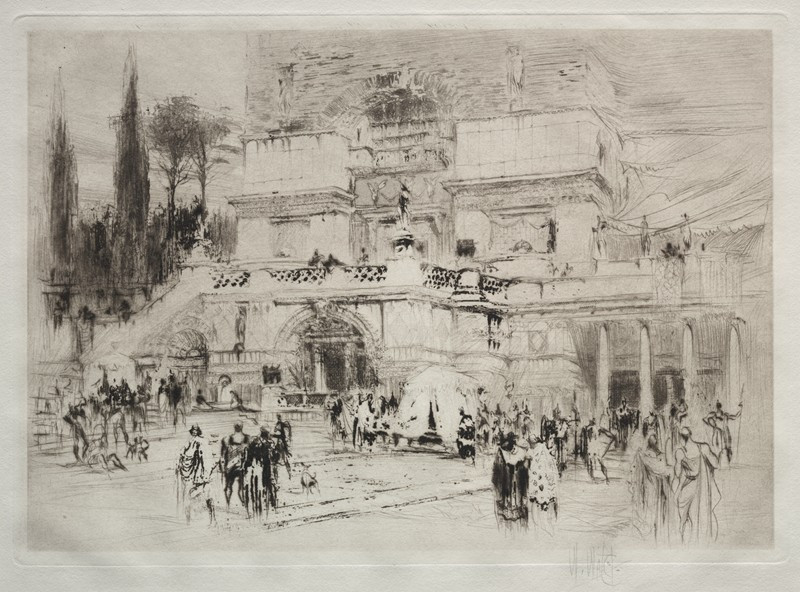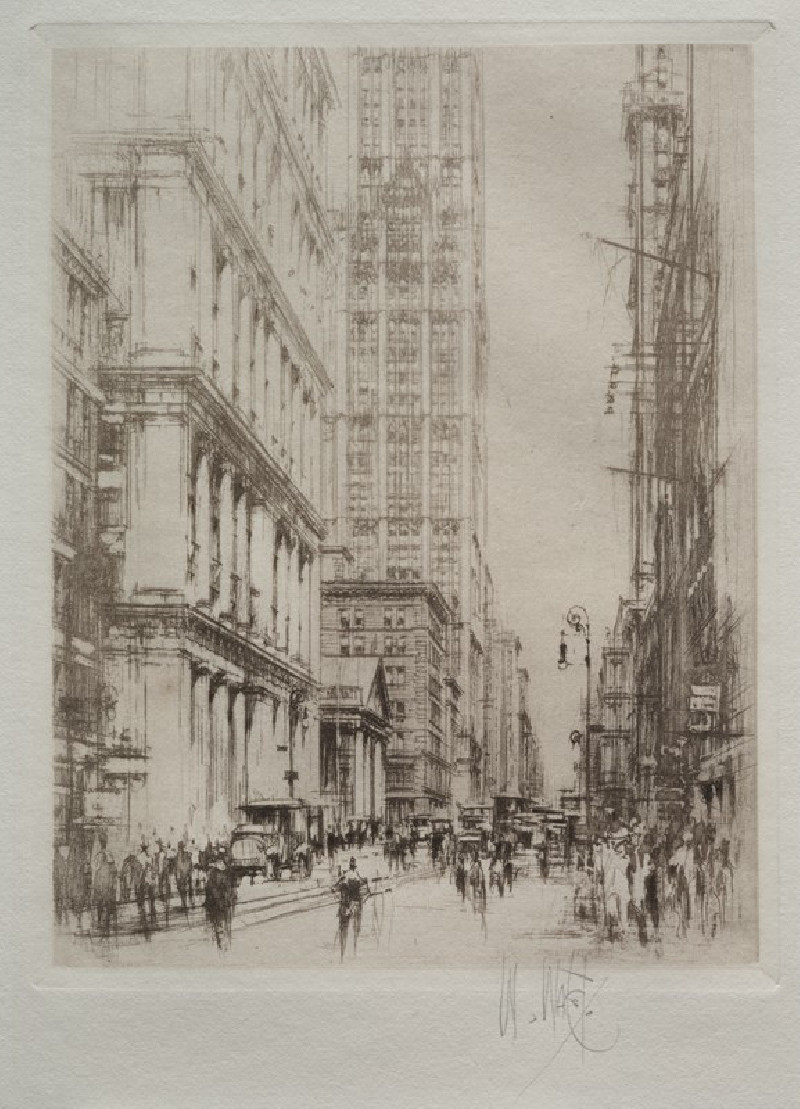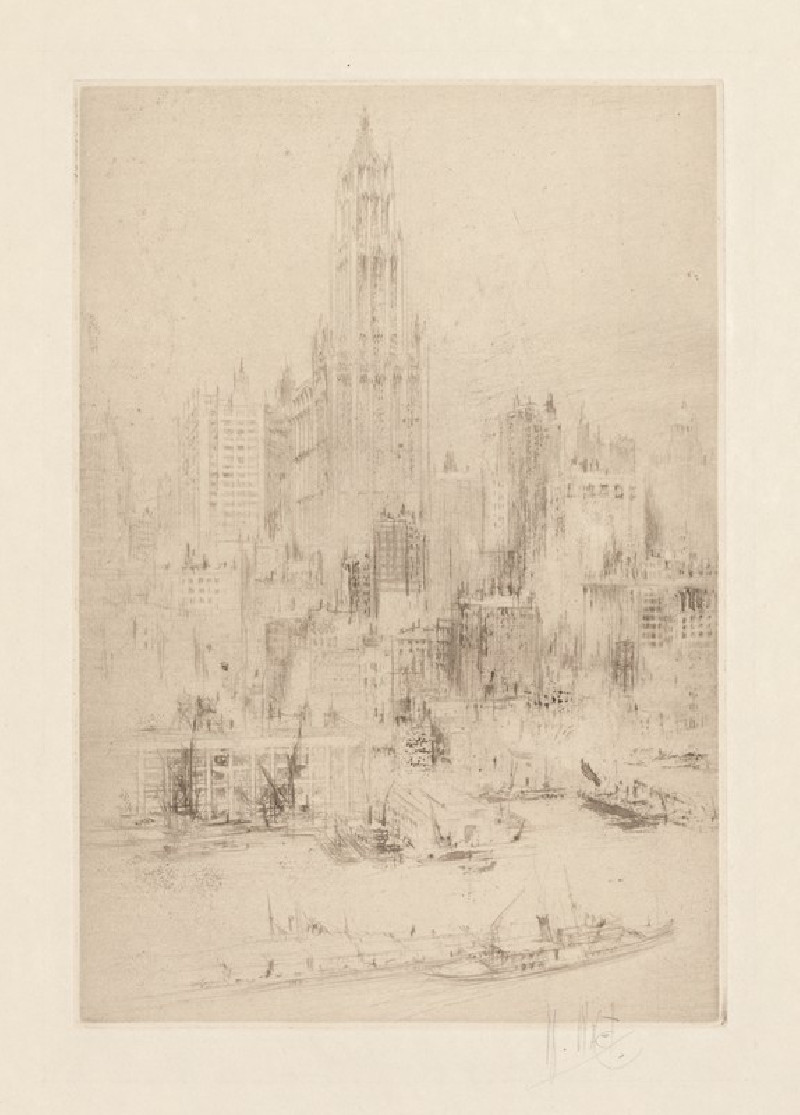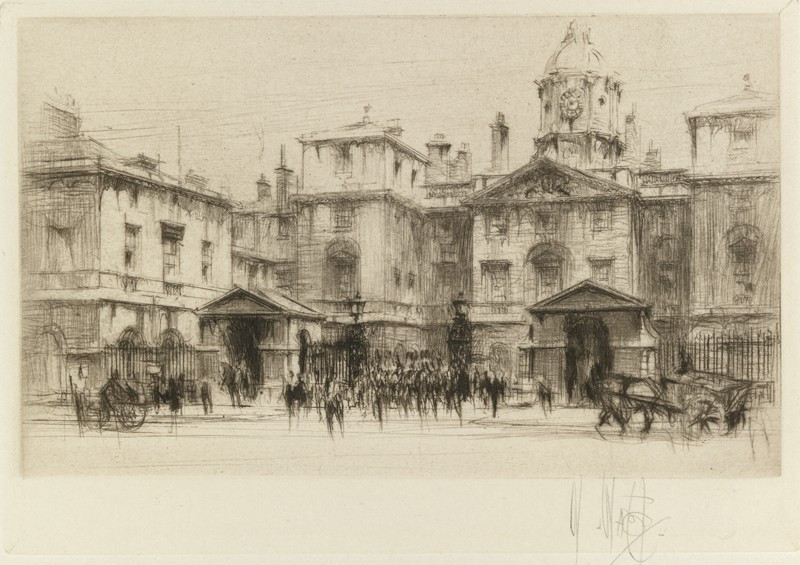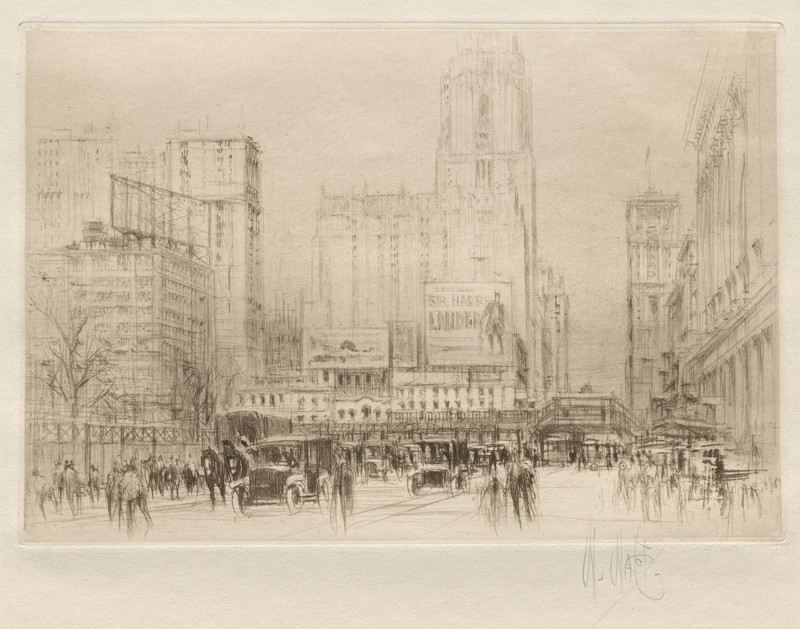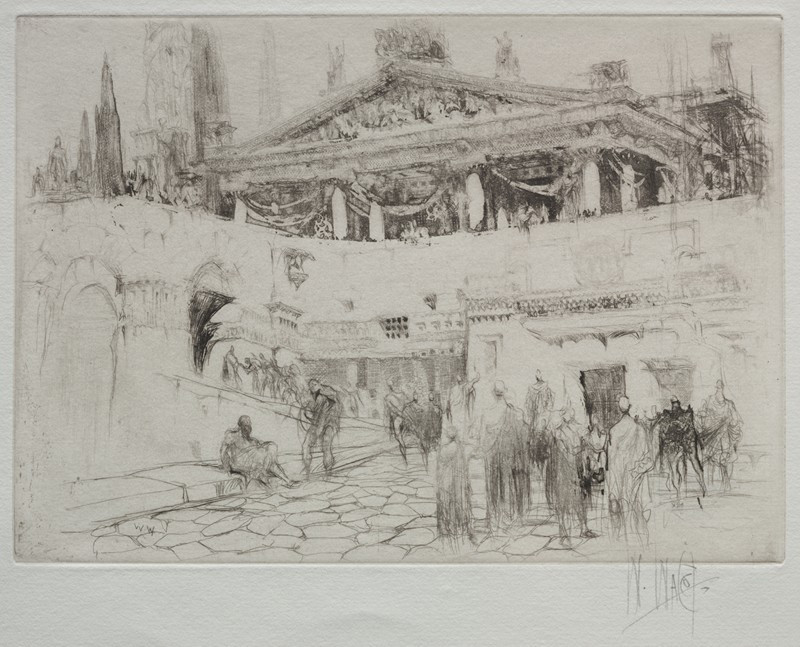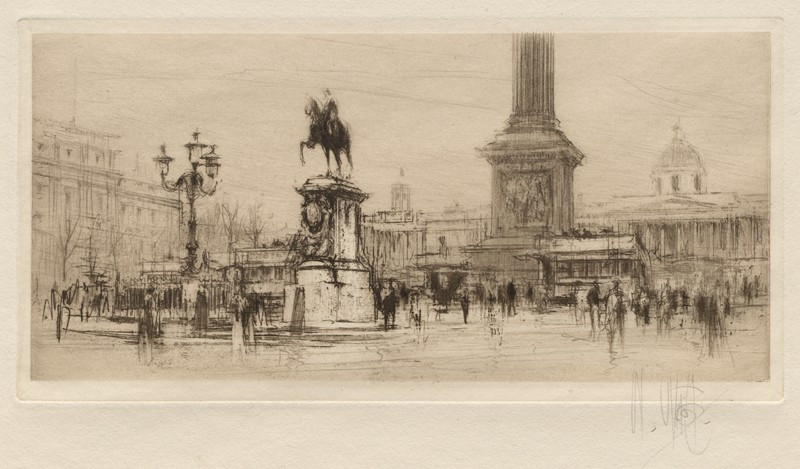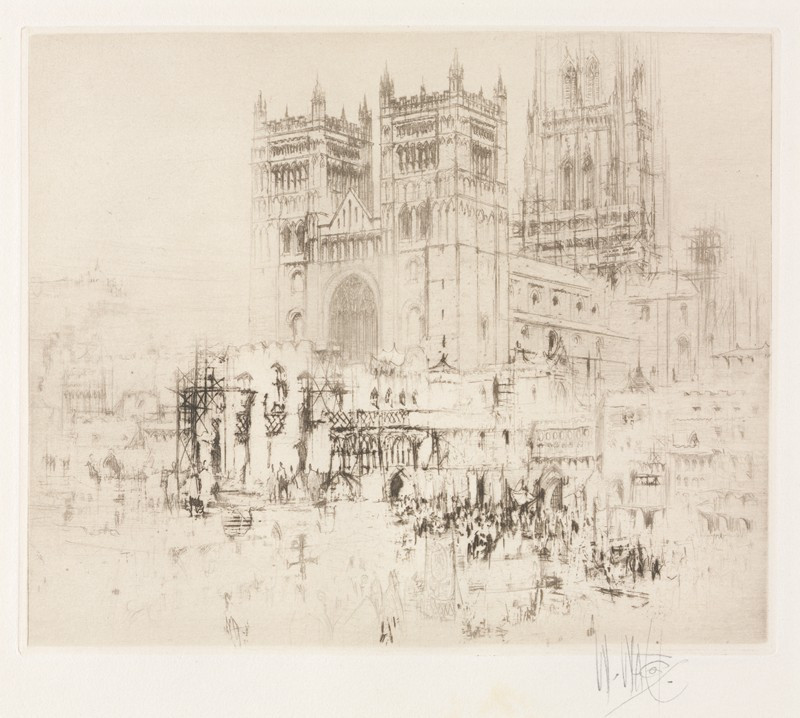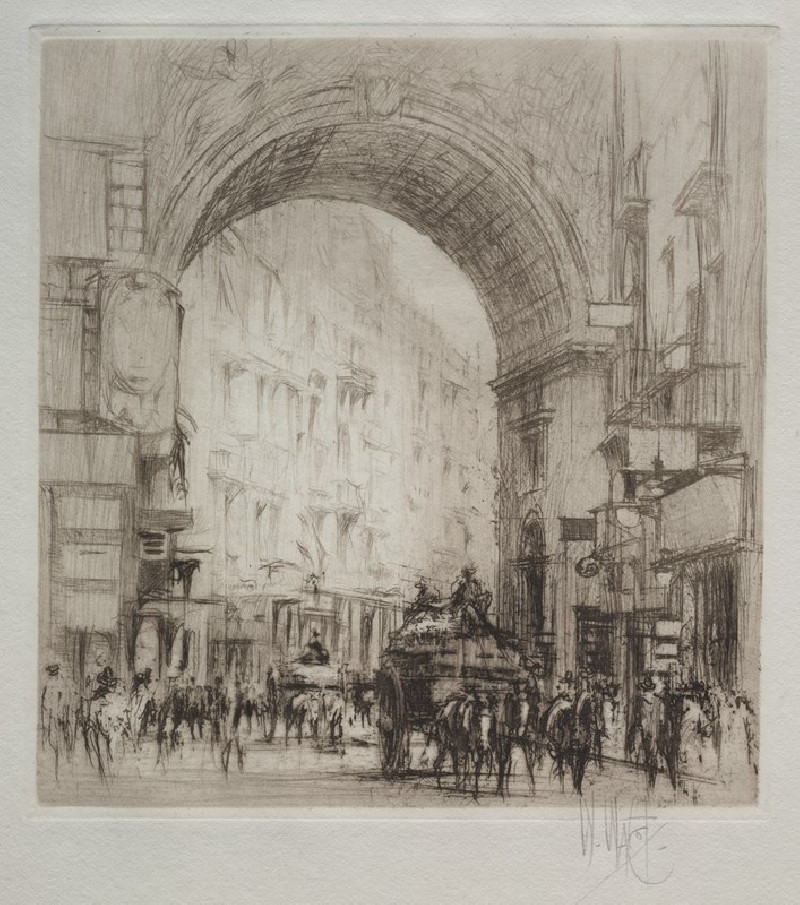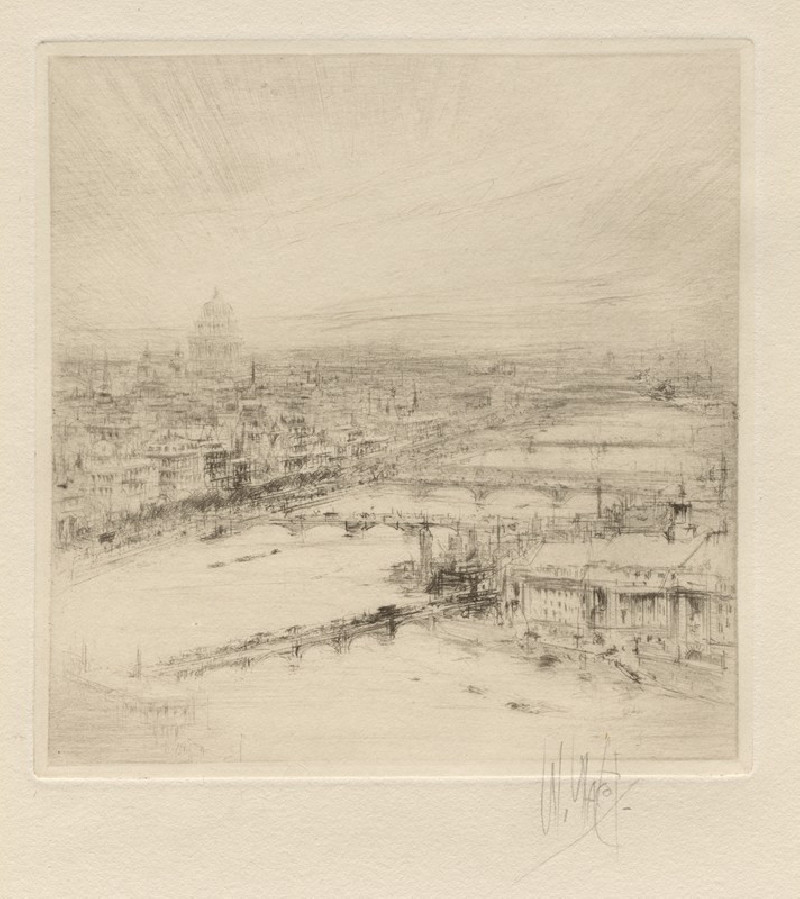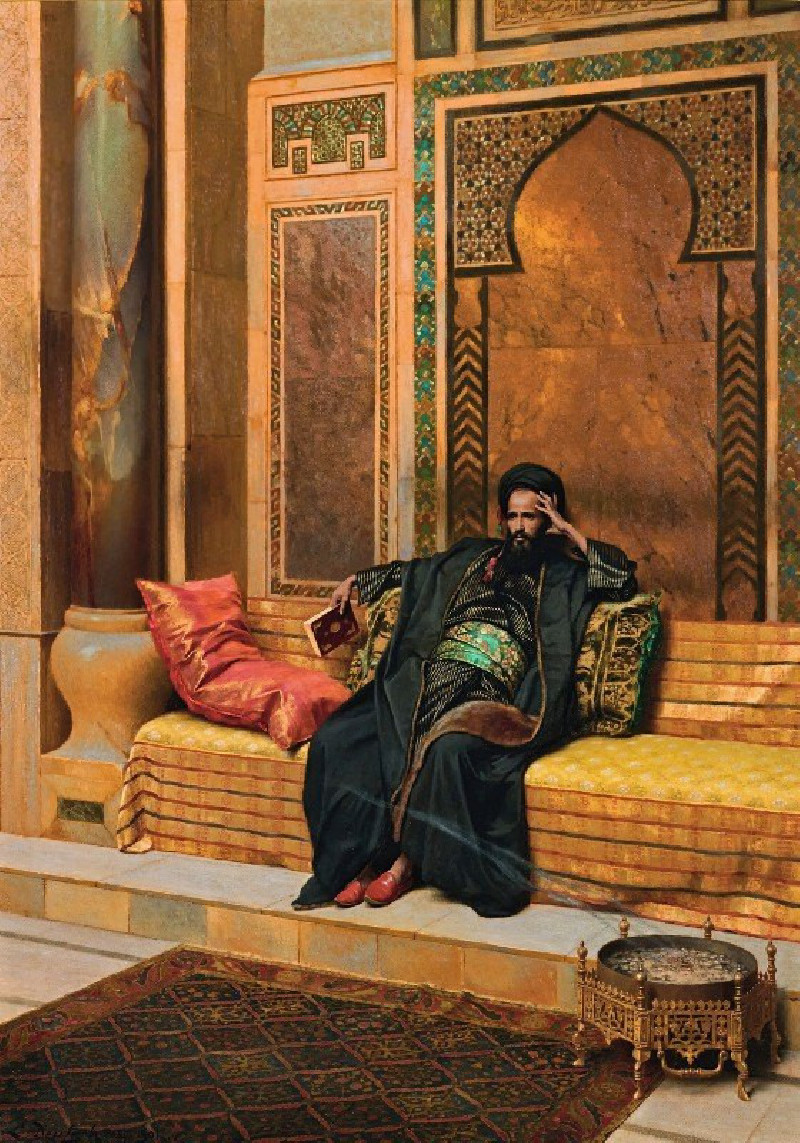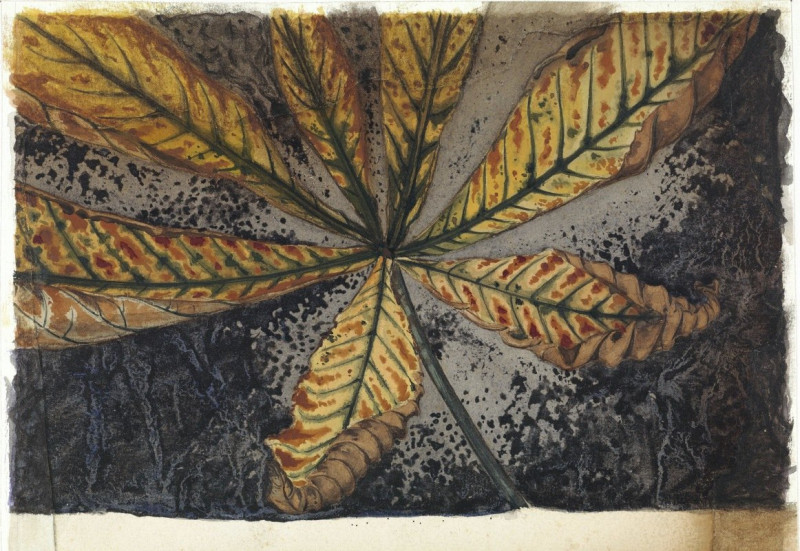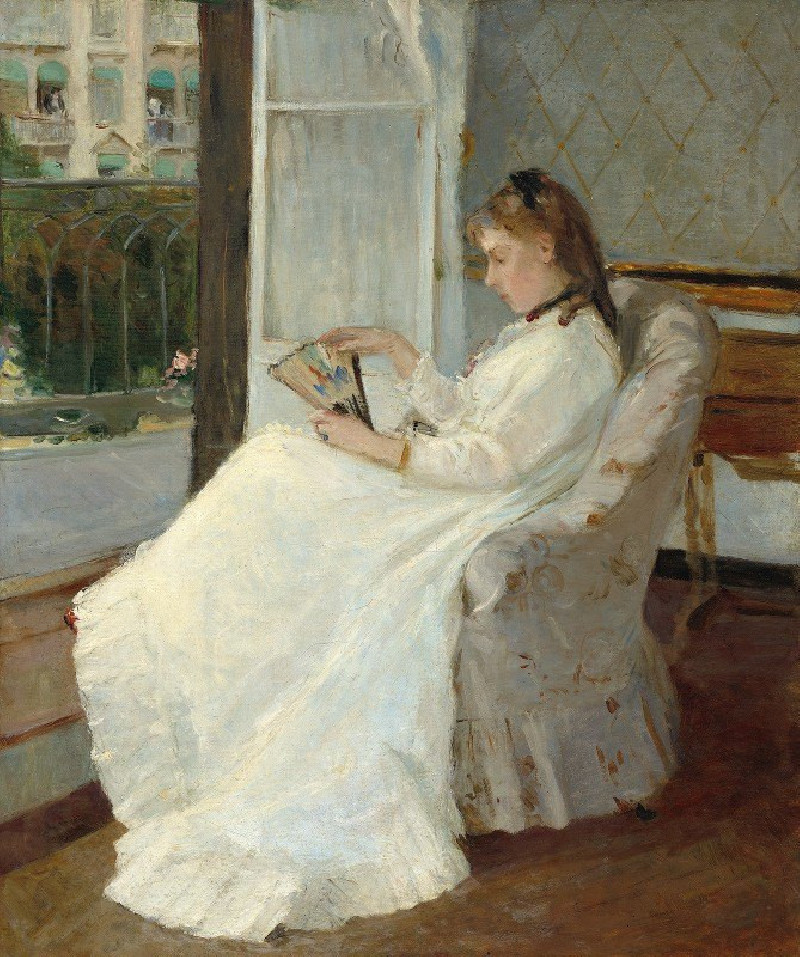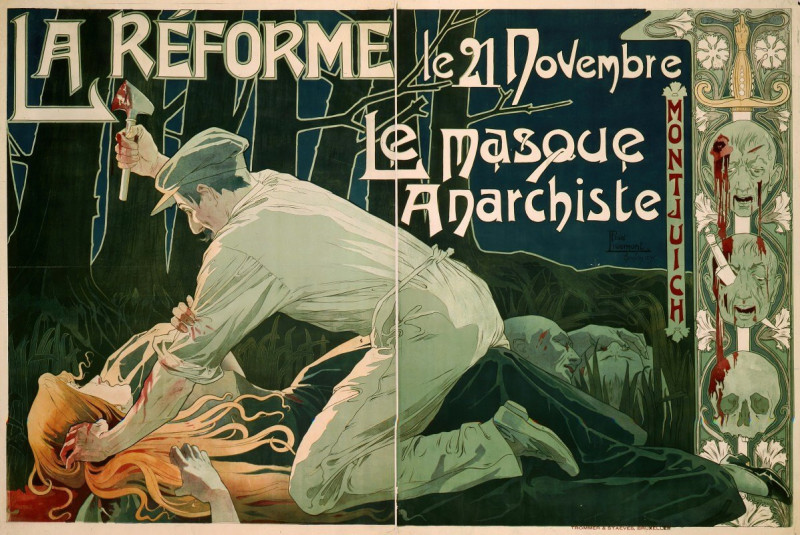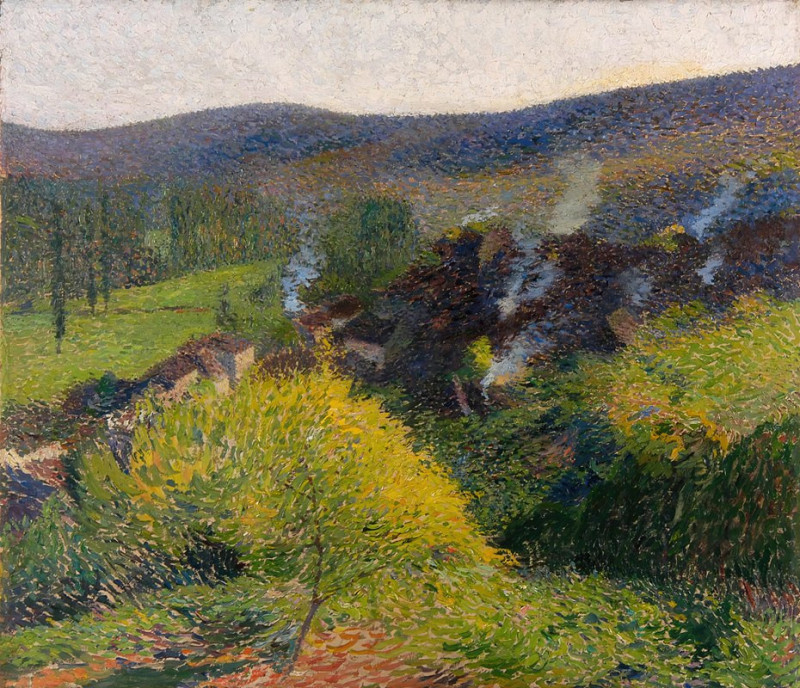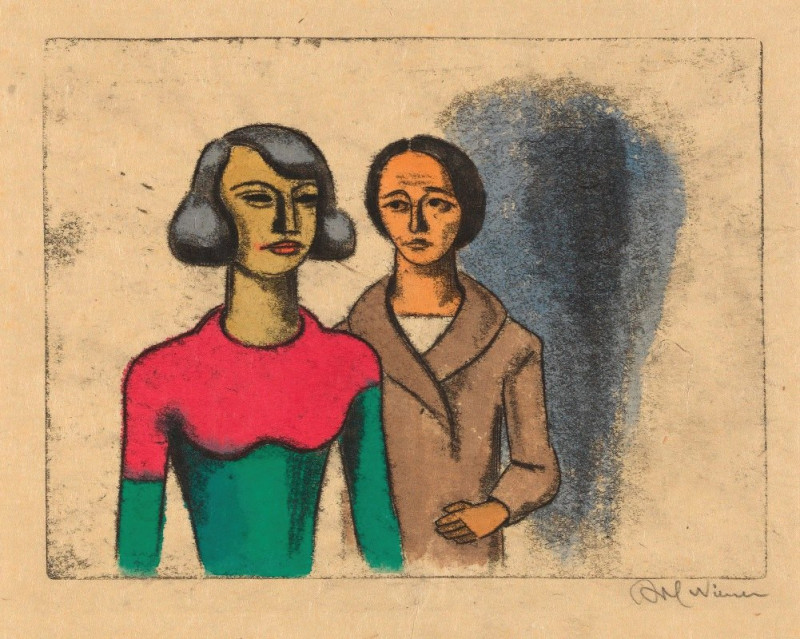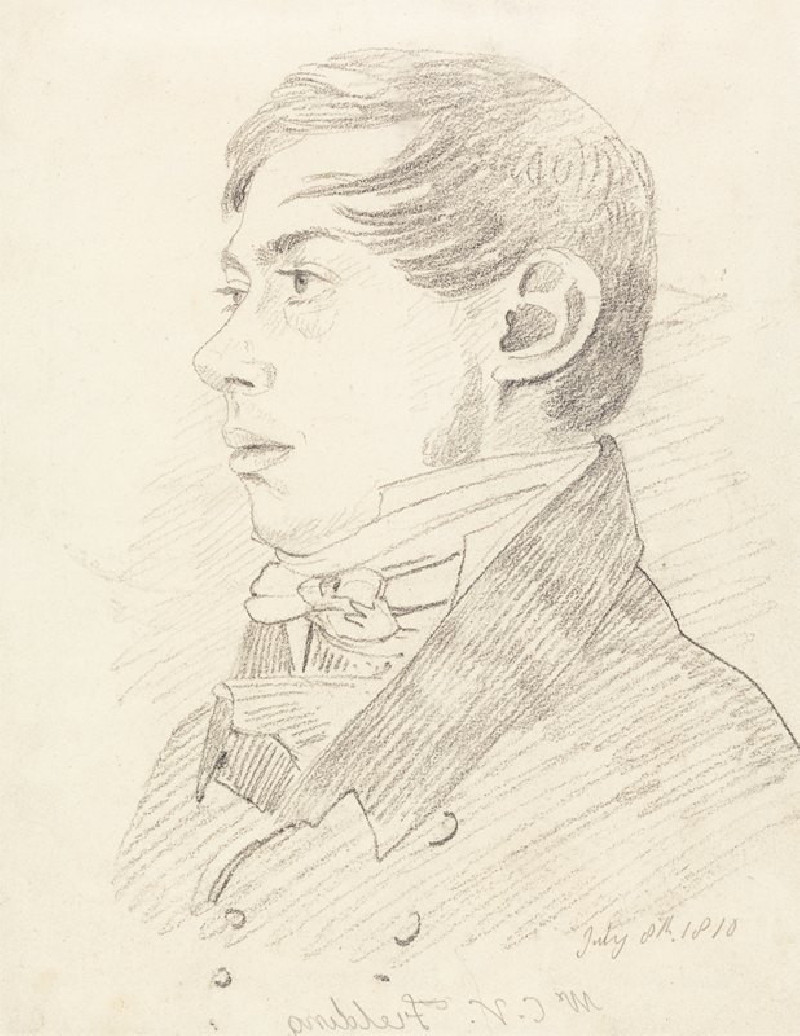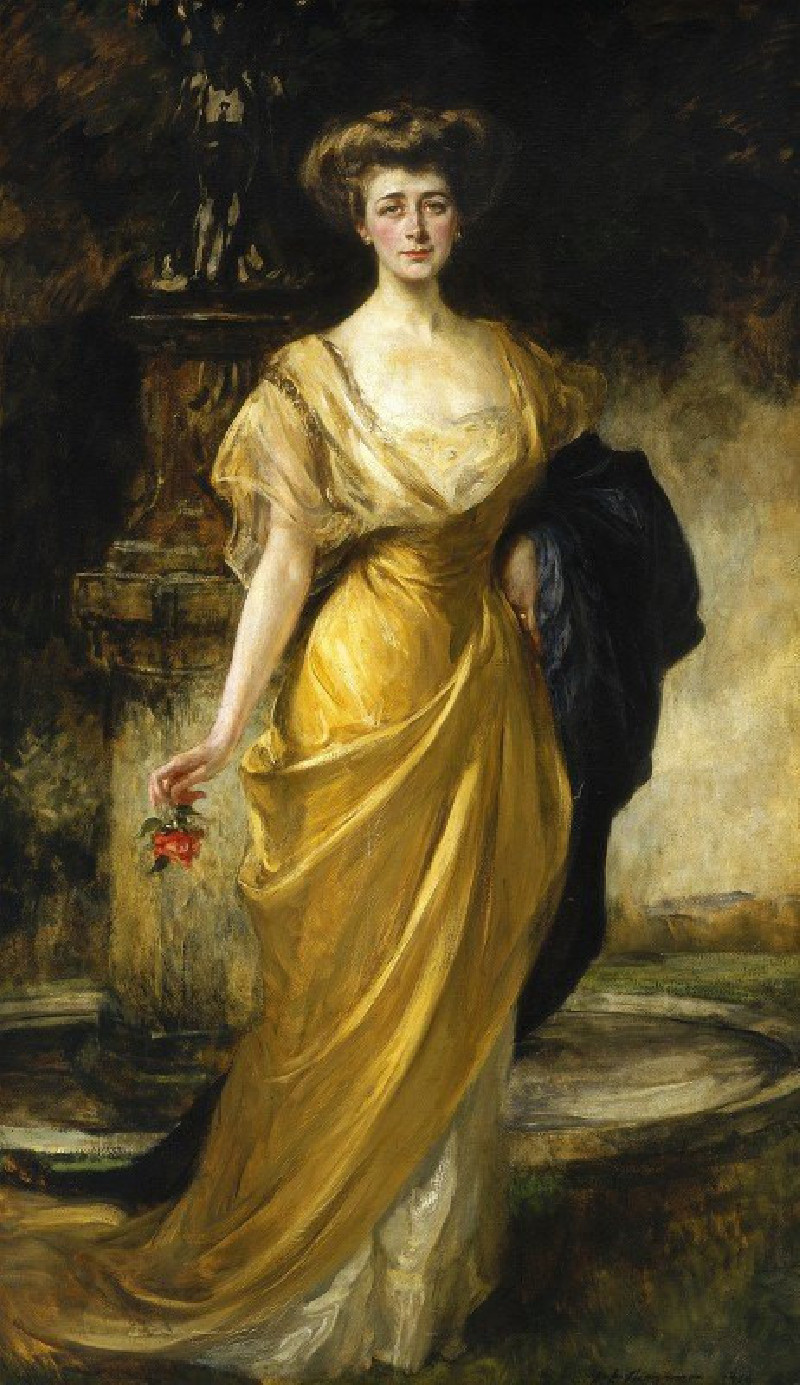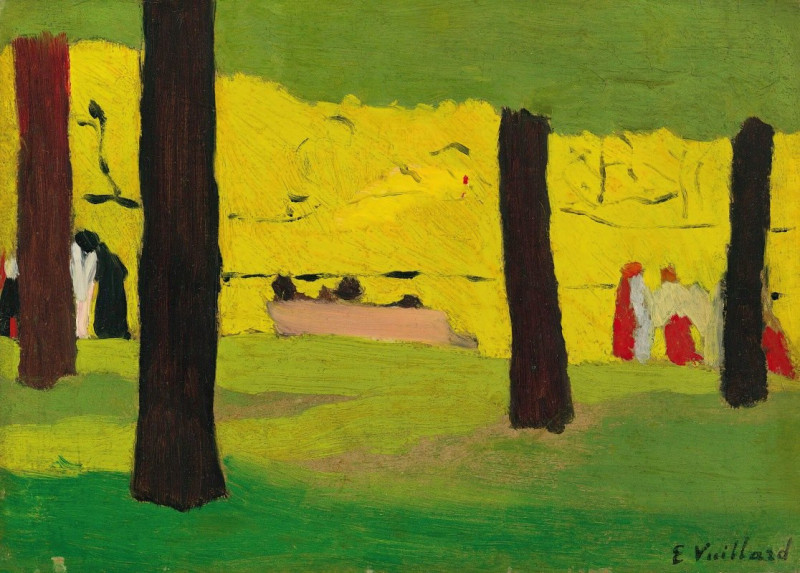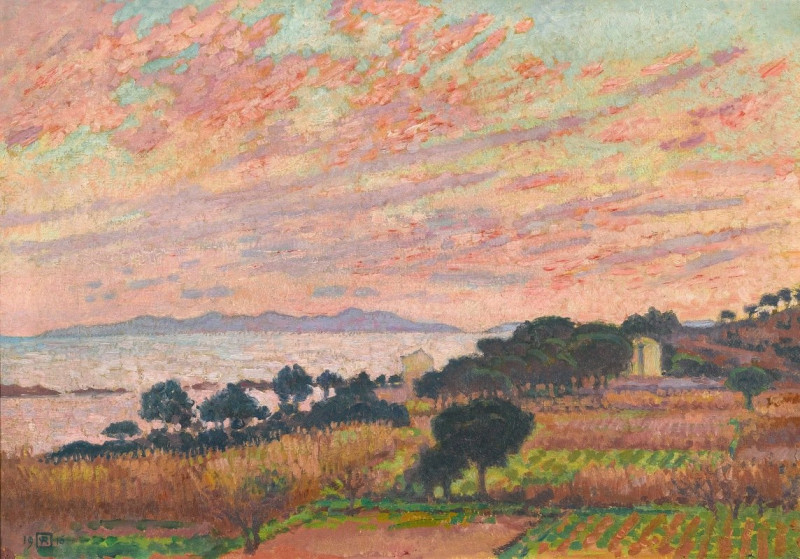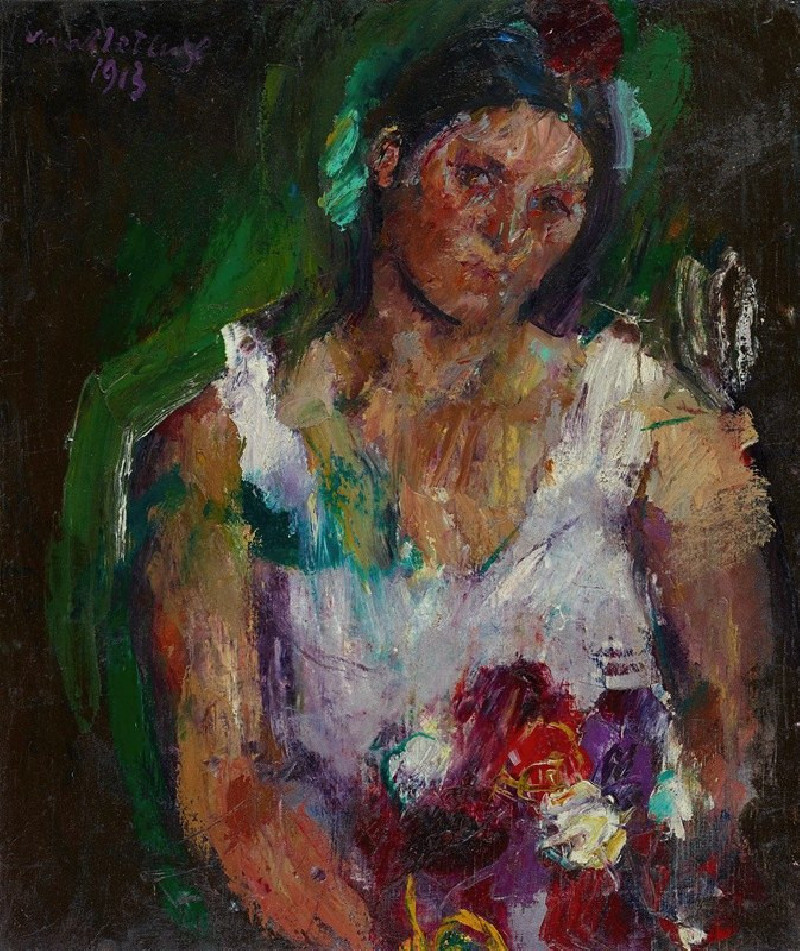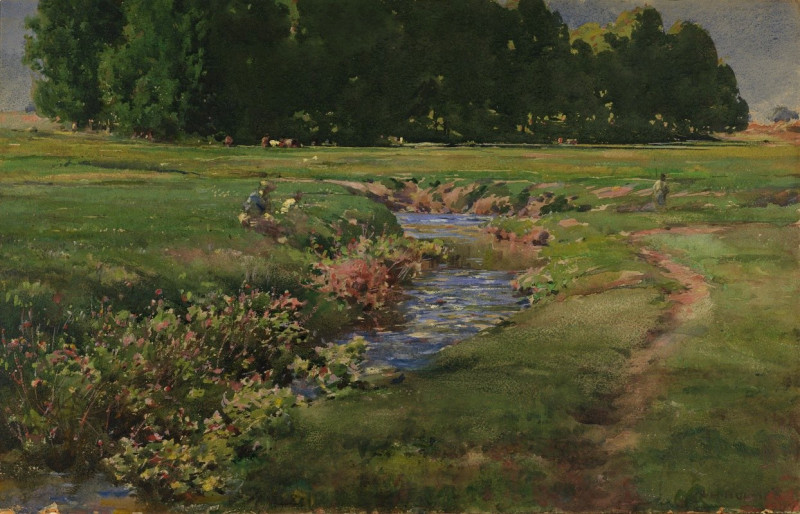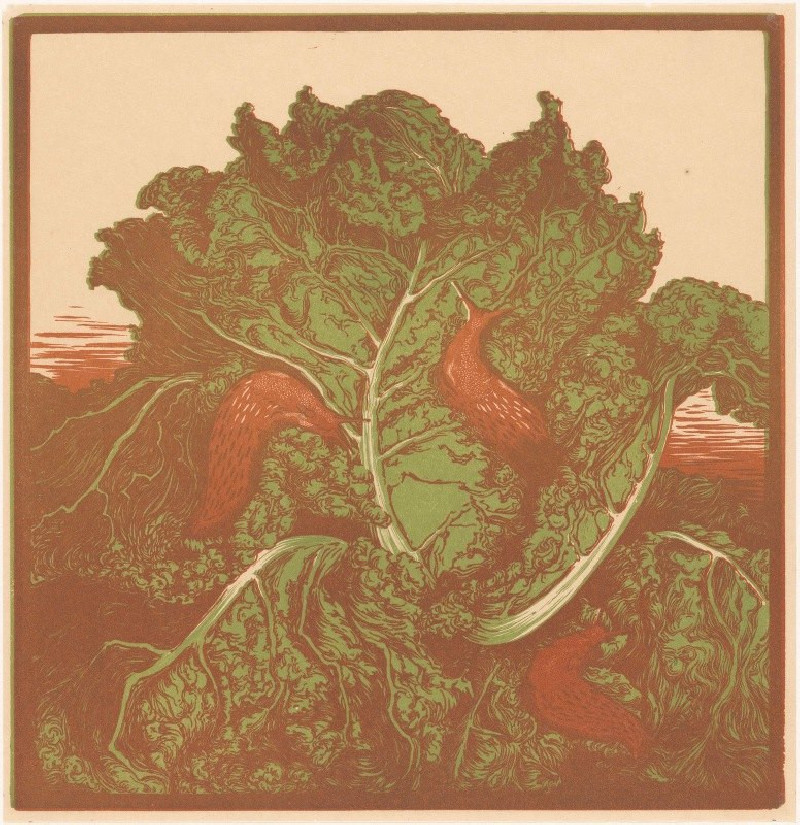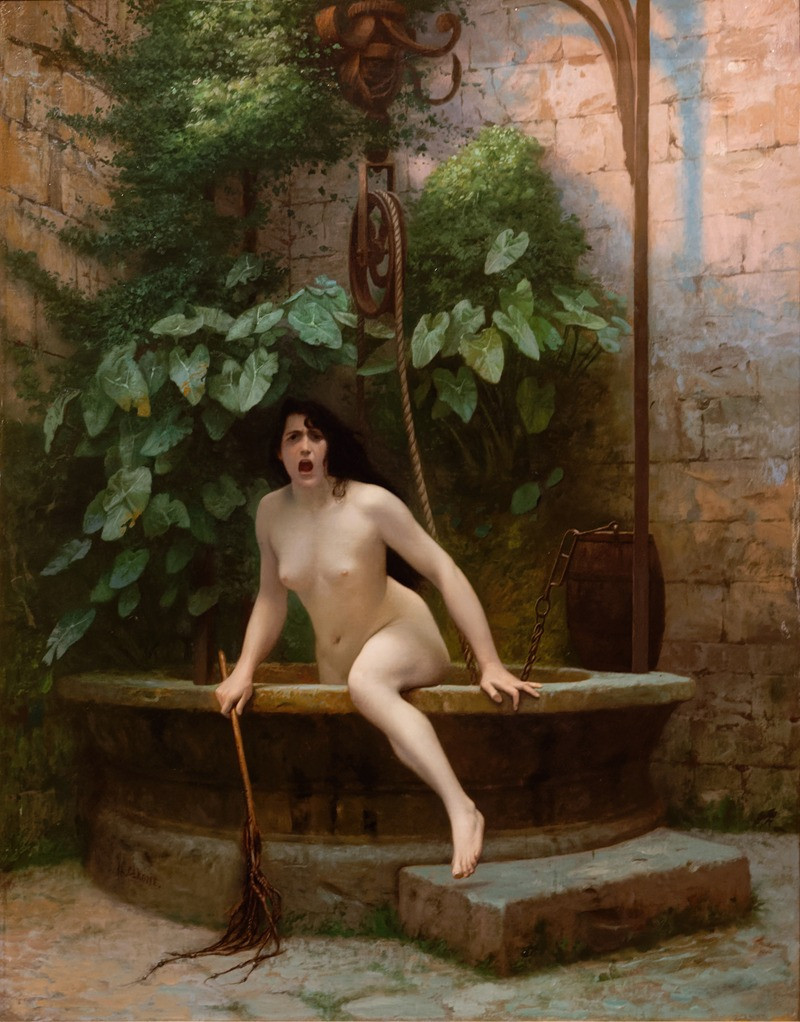Herodias (1928)
Technique: Giclée quality print
Recommended by our customers
More about this artwork
Dive into the enthralling universe of William Walcot's masterpiece, "Herodias," created in 1928. This etching presents a dramatic and chaotic tapestry that plunges the viewer into a scene teeming with historical richness and intricate detail. In a setting resplendent with gothic overtones, Herodias sits prominently, exuding an aura of intense contemplation and regal authority. Around her, the composition is alive with a seeming multitude of figures, whose rapid, sketch-like quality delivers a sense of movement and ethereal presence.Walcot’s technique showcases a mastery of light and shadow, creating depth through stark contrasts and soft gradients that draw eyes across the variegated surfaces of the artwork. Center stage, Herodias is flanked by figures that might be courtiers or spectral onlookers, enhancing the artwork's narrative of power and foreboding. Each stroke and line is a testament to Walcot's skill in creating a dynamic scene that seems almost to flicker with shadow and intrigue.Noticeably, the background is filled with architectural elements and motifs that suggest a grand yet somewhat foreboding edifice—perhaps hinting at the underlying tension and dark plots of the biblical story associated with Herodias. Adding a touch of the sinister, a raptor to the right balances the composition, symbolizing perhaps foresight and ruthlessness.
Delivery
Returns
William Walcot RE was a Scottish architect, graphic artist and etcher, notable as a practitioner of refined Art Nouveau (Style Moderne) in Moscow, Russia (as Вильям Францевич Валькот). His trademark Lady's Head keystone ornament became the easily recognisable symbol of Russian Style Moderne. In 1920s–1930s, he concentrated on graphic art and was praised as "the best architectural draftsman" in London.



